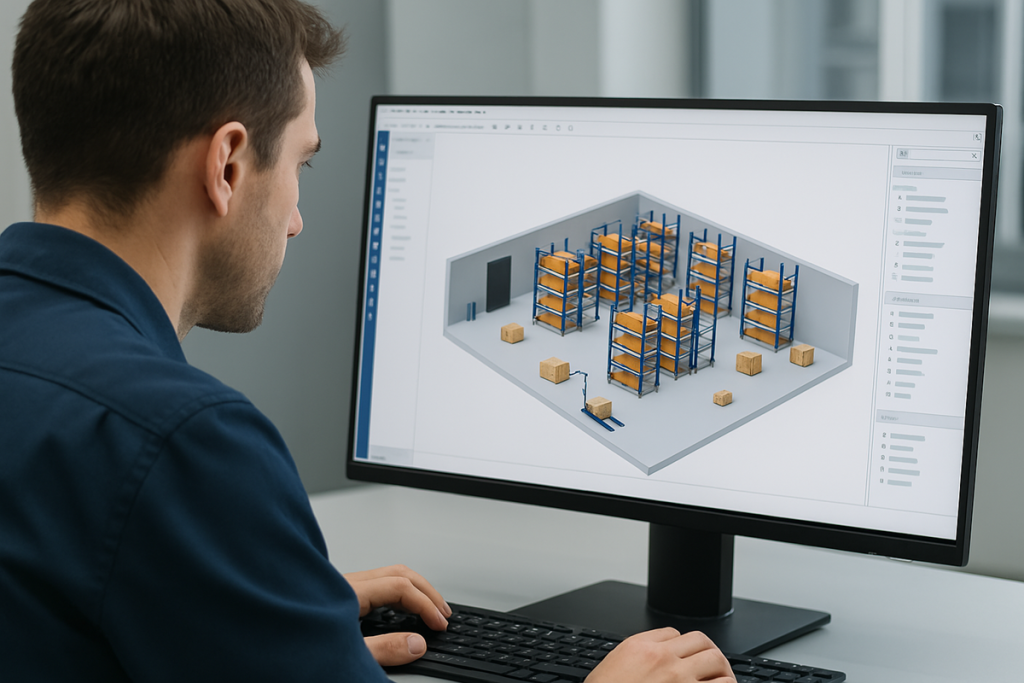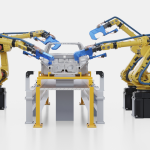No longer just digital replicas, today’s digital twins are reshaping how supply chain and logistics leaders make decisions—from warehouse layout to fleet dispatch and network resilience. The real-world payoff? Faster response, smarter spend, and competitive edge under pressure.
Digital Twins Move Out of the Lab and Into the Warehouse
As volatility becomes a permanent feature of global supply chains, the ability to simulate decisions before executing them has shifted from luxury to necessity. Once confined to R&D or engineering circles, digital twins have matured into practical tools that now sit at the core of many high-performing logistics and supply chain operations.
The concept is simple: create a data-rich, real-time digital replica of a physical asset, process, or system. The execution, however, has evolved. These twins now extend across warehousing, transport, and end-to-end supply network design—moving beyond static models into living simulations that inform day-to-day choices and long-term planning.
This new wave of adoption isn’t about innovation theatre. It’s about achieving operational confidence in a world where a wrong decision—or a delayed one—can quickly cascade into missed service levels, increased costs, and lost revenue.
Why the Logistics Sector Is Turning to Simulation
Warehouse operators face shifting SKUs, constrained space, and unrelenting pressure to do more with less. Reconfiguring layouts, adjusting workflows, or trialing automation often involves too much risk to test in real-time. Digital twins remove that barrier, offering a safe space to simulate changes before deployment—minimizing disruption and maximizing ROI.
In transport, variables like driver availability, fuel cost, and congestion make traditional planning tools increasingly brittle. Digital twins offer logistics teams a way to reroute, reassign, or re-sequence deliveries based on live data and tested alternatives—bringing a layer of flexibility that legacy systems can’t replicate.
At the network level, many firms still rely on annual strategic planning cycles, often static by the time they’re complete. Digital twins allow for continuous design—modelling shifts in customer demand, inventory strategy, or supplier risk, then validating those choices before they’re rolled out operationally.
According to PwC, “Companies that invest in digital twin technologies are outperforming peers in cost-to-serve metrics and customer responsiveness. The ability to simulate outcomes before taking action is becoming a strategic differentiator—particularly in logistics and fulfillment functions where agility and service are in constant tension.”
From Concept to Competitive Advantage
Leading firms are already turning digital twin theory into real-world results. Carhartt’s collaboration with IBM’s Turbonomic platform enabled warehouse and IT teams to model application performance and logistics resource allocation simultaneously. This integration drove measurable gains in system uptime and fulfillment speed, while ensuring IT investments stayed aligned with operational priorities.
At GE Vernova, digital twins play a role in logistics resilience and sustainability tracking. Their twin-enabled system helps forecast downtime, monitor asset health, and support ESG-aligned decision-making across logistics and distribution networks. This goes beyond efficiency—it signals a new standard in supply chain transparency and adaptive planning.
What unites these examples is not scale or spend, but strategic clarity. Each started with a clear operational pain point and used the digital twin as a decision-support mechanism—not a solution in search of a problem.
Simulation as Strategy
The logistics sector has always been data-intensive. But what’s changed is how that data is being applied. In an era where disruptions are frequent and margin for error is thin, digital twins are offering supply chain leaders more than visibility—they’re offering foresight.
This isn’t about buzzwords. It’s about being able to test your next move before committing to it. Leaders are increasingly treating simulation not as an occasional exercise, but as a continuous discipline—one that’s built into how they design networks, manage assets, and mitigate risk.
What’s especially compelling is the shift in who uses these tools. Once the preserve of technical teams, digital twins are now being handed to operations managers, dispatch planners, and warehouse leads. The value comes not just from better answers, but from better questions—asked earlier, answered faster, and applied at scale.
Digital twins won’t solve every challenge. But in a logistics landscape defined by unpredictability, they are proving to be one of the few tools that deliver both precision and adaptability at once. That’s not a future promise. That’s already underway.





